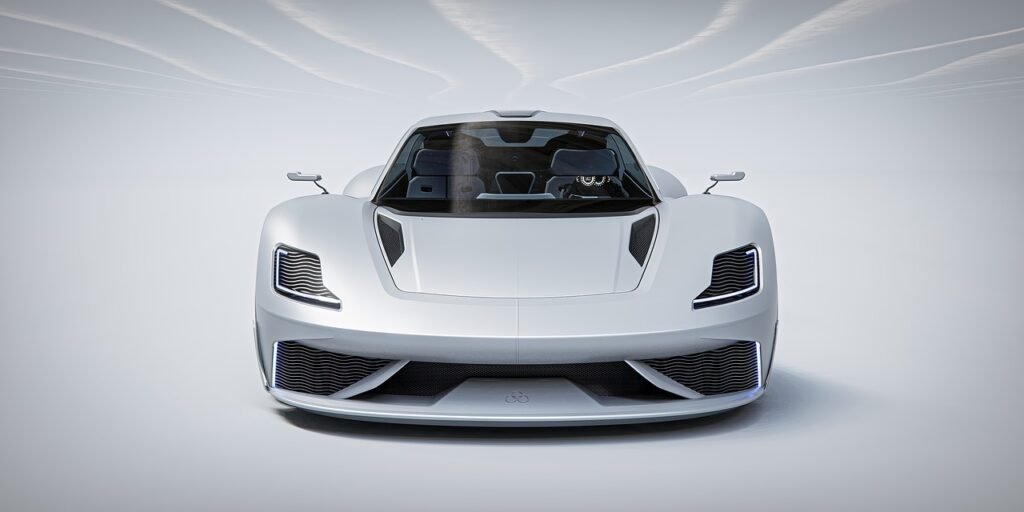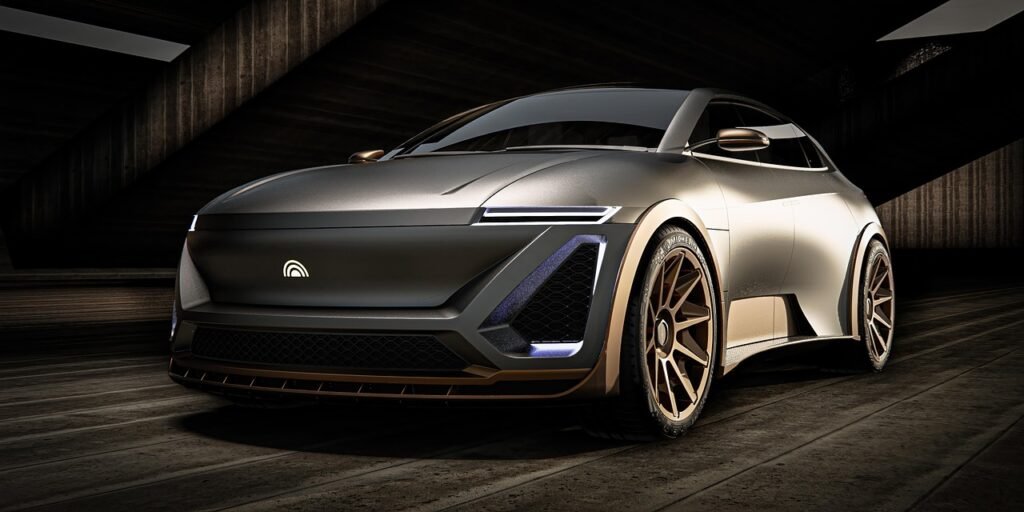While the first hype for hydrogen-powered vehicles dates back almost two decades, it is now being amplified by serious contenders like Honda, GM, and Toyota through collaborations, new tech, and retrofitting initiatives that keep making headlines. However, hydrogen does not promise any form of an alternative future for promise-inducing emission impermeability, as it stands firmly on top of the throne in today’s world, boldly leaving many wondering if their electric counterparts will ever cease being left out by hydrogen-powered vehicles.

The Hydrogen Initiative: Big Plans-Huge Problems
To top it all, hydrogen promises superiority over electric vehicles in some key respects. Hydrogen-powered cars are being developed jointly by Honda and GM, while the most active proponent of hydrogen technology-Toyota-is intensifying its drive for finding new, innovative avenues for making hydrogen engines commercially viable. Some would even consider retrofitting existing gasoline engines to run on hydrogen; that option has been partially explored in Europe through conversion kits.
So far, however, these hydrogen-powered conversion kits fall much short of meeting expectations. Many drivers report that their converted vehicles lose reliability; they prove moody in the performance stakes. This is in sharp contrast to generally more dependable electric vehicles powered by hydrogen fuel cells, a technology which novices have proven to be rather more robust. While a new hydrogen engine from Toyota promises enhanced reliability over retrofitted gasoline engines, it lacks any of the performance advantages that fuel cell systems possess.
Although hydrogen-powered vehicles have witnessed some advancement in the technology, they still face enormous challenges. Among the challenges that such vehicles face is the lack of an infrastructure for hydrogen refueling. Hydrogen cars can only run on a network of fueling stations, which right now is very limited. In the U.S., there are only 58 hydrogen refueling stations-most of them located in California. This starkly contrasts the huge number of over 53,000 EVs charging stations, which are being built every day.
Turning the hydrogen-powered vehicle into a practical alternative to EVs would require enormous changes in the current infrastructure. Such construction costs would be enormous, and without such automakers as Toyota, Honda, and GM securing significant national government support or funding, the road ahead for hydrogen cars does not seem promising.
The EV Advantage: Increasing Liveliness of Ecosystem
In terms of installing, EVs are at an advantage. Tesla is in reality the most concrete example of that growing ecosystem for electric vehicles. It didn’t make cars, only a charging infrastructure all across the country, which makes owning an electric car all the more convenient. And Level 2 home chargers (available under $600) and increasing numbers of public charging stations are enabling millions to have access to EV operation.
Public charging stations for electric vehicles are proliferating as a mushroom, and by 2022, it has passed a significant milestone of over 53,000 locations in the US. This expansion is a continuous endeavor, especially with plans to build an additional 500,000 EV chargers by 2030. This endeavor further benefits electric vehicles with the improving affordability of charging systems where owning an electric vehicle becomes increasingly attractive.
For contrast, hydrogen-powered cars are a niche product for an individual in particular areas of hydrogen stations. Home charging is another big plus given to EVs. It usually costs about ten dollars to charge an electric vehicle at home compared to around seventy-five dollars to fuel a hydrogen car. Home hydrogen generators also cost well above twelve thousand dollars, making the home hydrogen fueling virtually impossible for the average consumers. EV owners could very well charge at home without having to spend too much on the initial setup.
Is the cost of hydrogen infrastructure too high to overcome?
Actually, the main issue of hydrogen-powered cars is not the cars themselves, but rather the infrastructure supporting them. Building a hydrogen fueling station costs around $1.9 million, and it’s very expensive. The entire cost becomes really incredibly high, even if these stations are imagined in place of existing gas stations. For hydrogen vehicles to really take off, it would need 53,000 refueling pu linger stations in the USA, amounting to jaw-dropping $58 trillion in infrastructure costs. Meanwhile, building up an EV charging network would require only about $7.5 billion.
While hydrogen seems a promising technology for vehicles, it just does not pay off economically. Sure, some government subsidies may help, but hydrogen still has a long and difficult journey ahead of it. By contrast, EVs are being showered with investments, where the likes of Tesla and others are blazing the trails in expanding charging networks.
Toyota’s Hydrogen Engine: An Interesting But Limited Approach to Take
Toyota has been considered the biggest supporter of hydrogen technology, and their development of a hydrogen-powered internal combustion engine (ICE) is an interesting take on the issue. While the engine will be more dependable than converted gas engines, it will not possess the same efficiency and performance as hydrogen fuel cells. Also, internal combustion engines are quite complex and less dependable than electric motors, which are simply and comparatively more reliable.
For those who miss the sound and feel of a traditional gas-powered engine, Toyota’s hydrogen ICE could offer an appealing alternative. But for most consumers, the simplicity and performance of electric vehicles will outweigh a desire for an engine that replicates ever-so-poorly gasoline-powered vehicle behavior.
Hydrogen for customers: is it a viable option?
At this time, hydrogen clearly stands no chance against outgoing electric vehicles in the consumer market. While hydrogen vehicles could theoretically give even more impressive range-sometimes better-still, it does not have any thorough infrastructure to support wide-scale adoption. Then, there is always the infrastructure and fueling station building cost consideration that makes hydrogen lose global price value on the competitive scale.
The future of transport certainly looks electric; the treasury companies keep innovating to expand the EV ecosystem. The better battery technology becomes, the more efficient electric vehicles become, granting even longer ranges and lowering costs. In the meantime, hydrogen vehicles might only target certain niche applications, such as long-haul commercial vehicles or vehicles that operate in countries that have such a hydrogen infrastructure, like Japan.
Conclusion: The Future Is Electric
Between hydrogen and electric, the electric vehicle has all the momentum today. Hydrogen has many things in its favor-range and fueling time among them-but with the costs of infrastructure and the difficulties that come with it, hydrogen does not look like it will be able to mount a serious challenge to electric cars on any large scale. Until a solid hydrogen fueling network has been created, hydrogen cars will find it difficult to keep electric vehicles in the rearview mirror.
So, as of now, electric vehicle giant dime is shining, hydrogen vehicle does not capture the mainstream consumer option.
